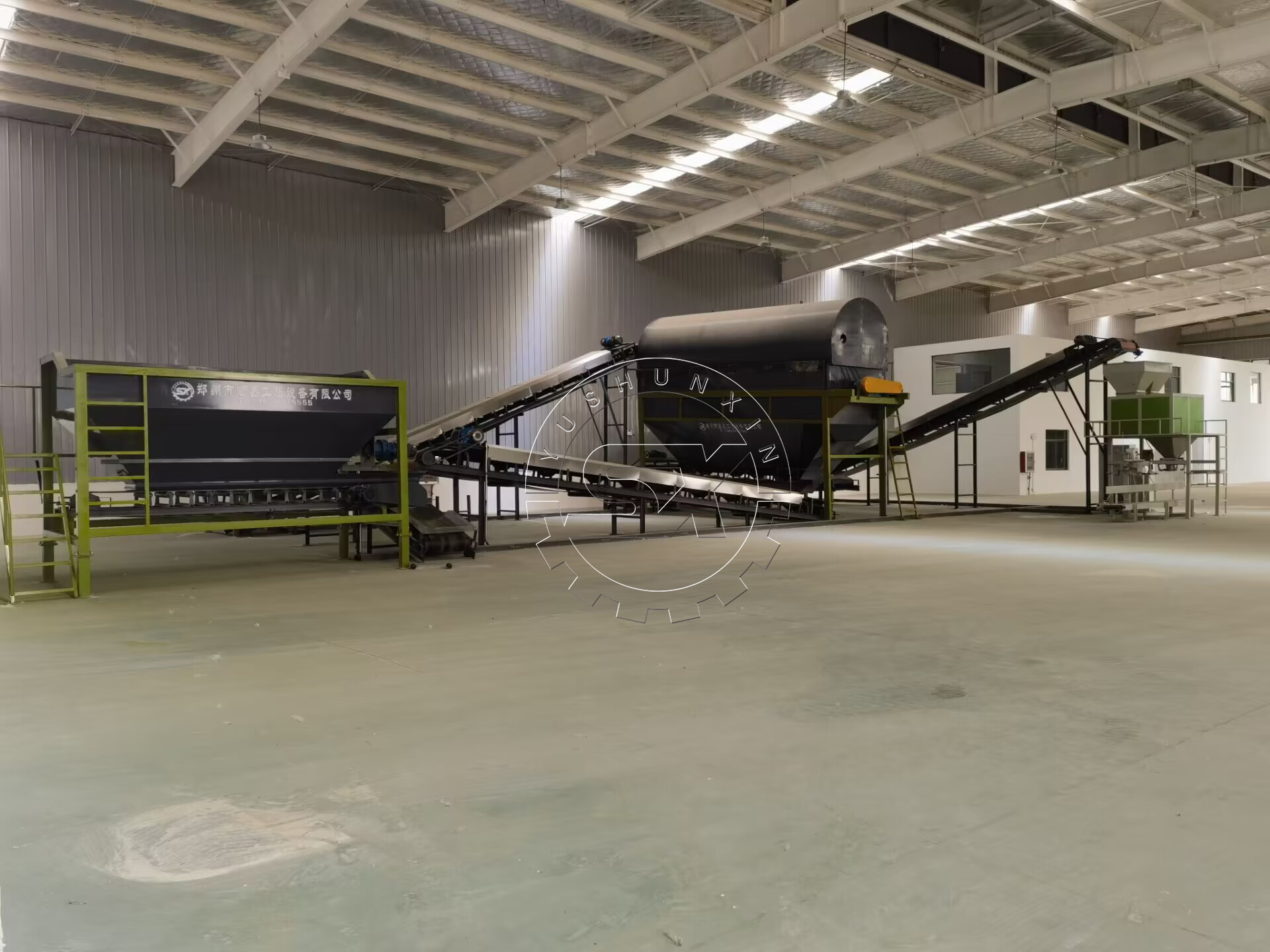How to produce powder organic fertilizer?
Choose Organic Materials: Select a combination of organic materials that are rich in nutrients. Common organic materials used in organic fertilizer production include compost, manure (such as cow, chicken, or horse manure), bone meal, fish meal, seaweed, and plant residues. These materials provide essential nutrients like nitrogen, phosphorus, and potassium, as well as micronutrients.
Composting: If your organic materials are not already composted, you will need to compost them first. Composting is the process of decomposing organic materials to convert them into nutrient-rich compost. Layer the organic materials in a compost pile or bin, alternating between dry and green materials. Turn the pile regularly to provide oxygen and promote decomposition. Composting usually takes several weeks to several months, depending on the materials and environmental conditions.
Grinding and Mixing: Once your compost is ready, grind it to a fine texture using a grinder or mill. This will help create a powdered consistency. If you have other organic materials that are not composted, grind them separately and mix them with the composted materials. Ensure thorough mixing to achieve a balanced nutrient composition.
Adding Amendments: Depending on the specific needs of your plants, you may need to add certain amendments to improve the nutrient balance or pH of the organic fertilizer. Common amendments include rock phosphate for additional phosphorus, greensand for potassium, and lime or sulfur to adjust the pH. Consult a soil test or agricultural expert to determine the necessary amendments for your specific situation.

Screening and Packaging: Pass the mixture through a fine mesh sieve to remove any larger particles and obtain a uniform powdered texture. This step helps ensure even distribution of nutrients when applied to the soil. After screening, package the organic fertilizer in suitable containers, such as bags or containers with airtight lids, to protect it from moisture. Label the containers with the fertilizer type, nutrient composition, and any specific instructions for application.
Storage: Store the organic fertilizer in a cool, dry place away from direct sunlight. Organic fertilizers may have a shorter shelf life compared to synthetic fertilizers, so it’s important to use them within a reasonable timeframe to maintain their effectiveness.
It’s important to note that organic fertilizer production may vary depending on the specific organic materials available and local regulations. If you’re producing organic fertilizer on a larger scale or for commercial purposes, it’s advisable to contact us for details.
